
Rigester place
..................................................................................................................................................................................................................................................................................................................................................................................................................................................................................................................................................................................................................................................................................................................................................................................................................................................................................................................................................................................................................................................................................
LOCAL NEWS FOR ISPE 2023
NCHU NEWS:
https://www2.nchu.edu.tw/news-detail/id/56574
(PDF Download)
PChome NEWS:
https://news.pchome.com.tw/living/cna/20231113/index-16998688375887318009.html
(PDF Download)
Yam NEWS:
https://n.yam.com/Article/20231113612912
(PDF Download)
CNA NEWS:
https://www.cna.com.tw/postwrite/chi/356735
(PDF Download)
Previous ISPE 2023 Preceedings
Special Issue "Selected
Papers from ISPE 2023"

Rigester place

Symposium room

Group photo of attendance

Group photo of the scholars




Epitaxial Growth and Characterization of Bi2O2X (X = S, Se, Te) Semiconductors
Presented by Prof.
Ying-Hao Chu
National Tsing Hua University, Taiwan

Influence of Interfacial Solvation on SEI Formation in Lithium Metal Battery
Presented by Sheng-Lun
Liao
Stanford University, USA





Zhong-Hong Yen,
Che-Hao Liao, Chien-Sheng Huang, and Shih-Hung Lin*



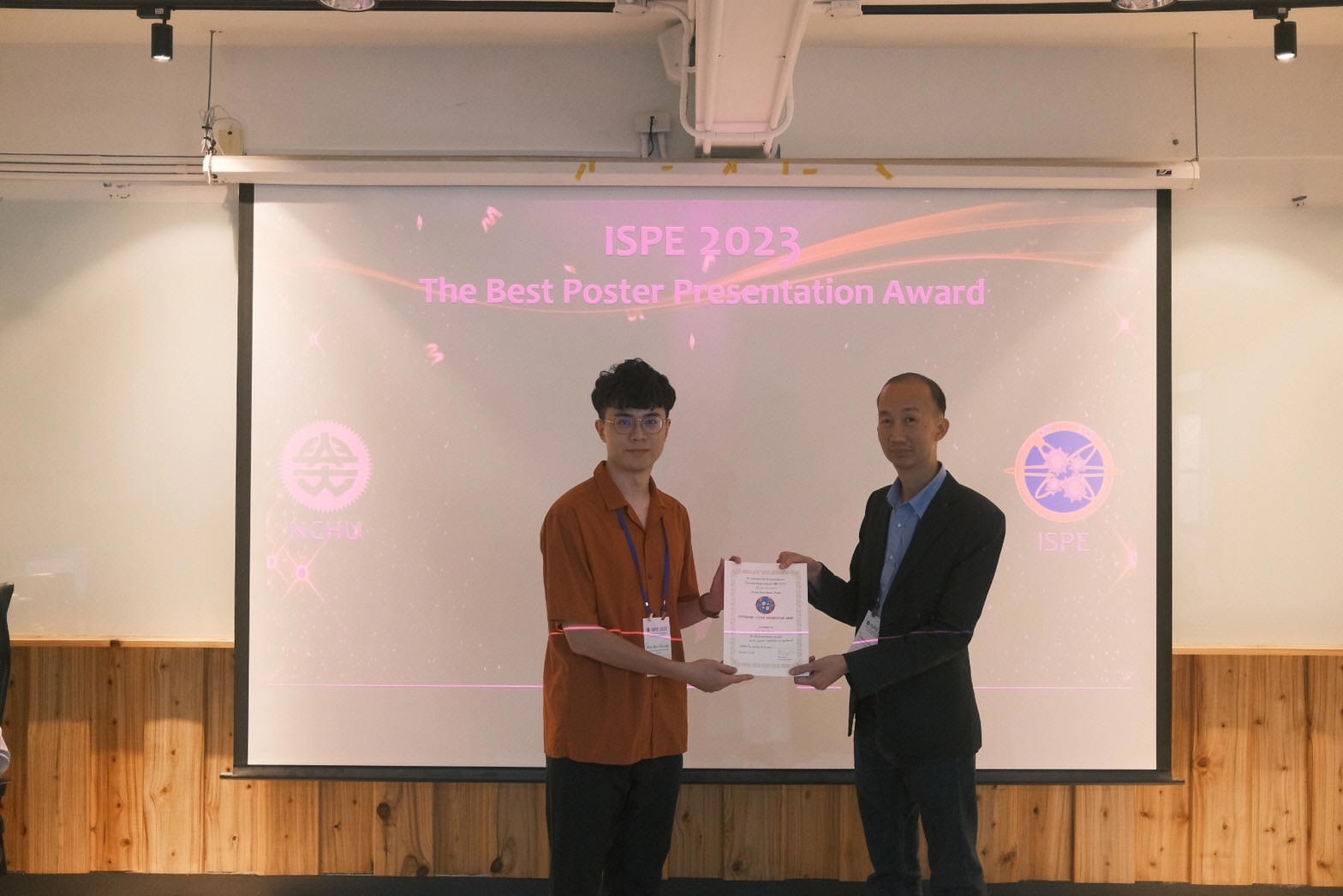
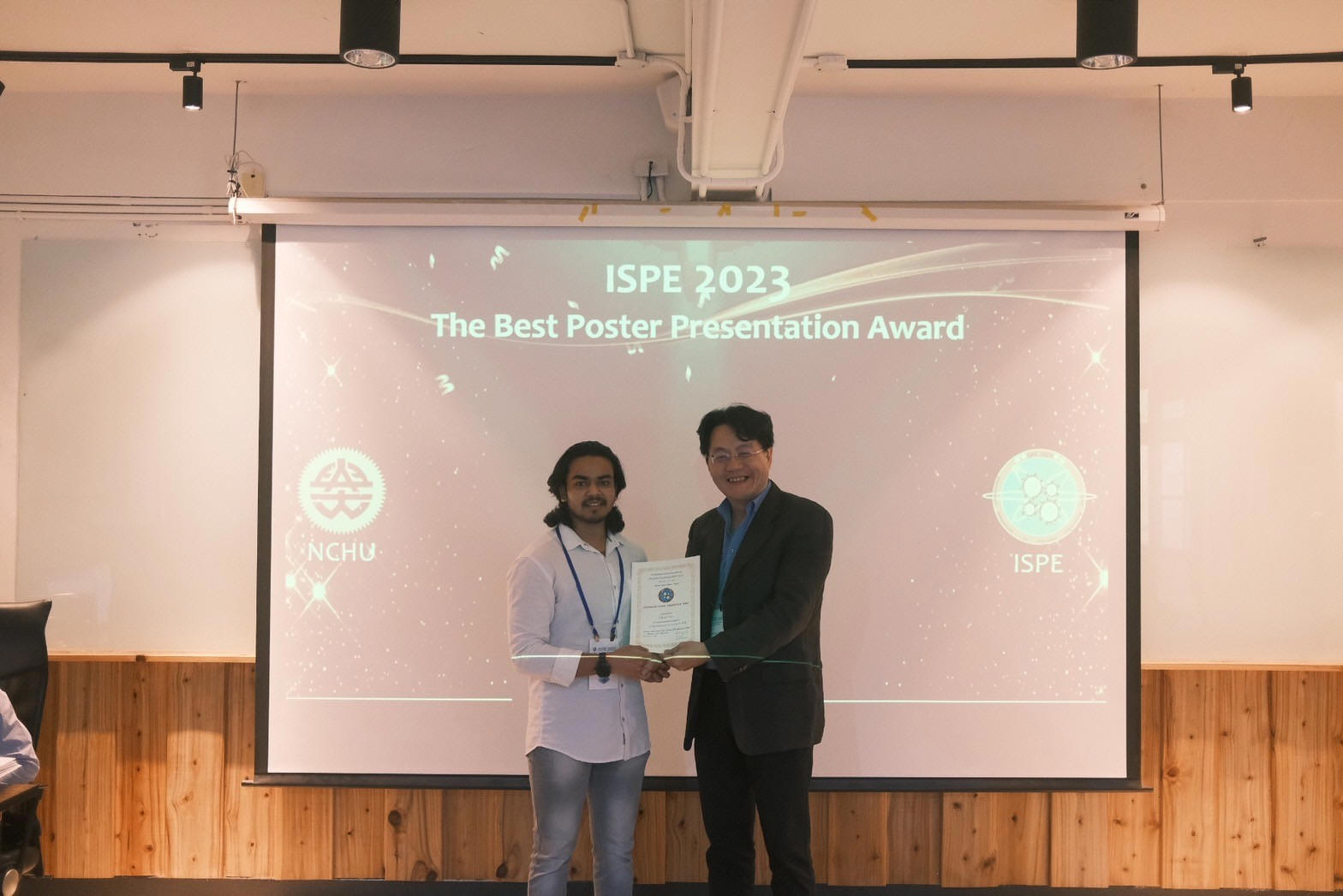
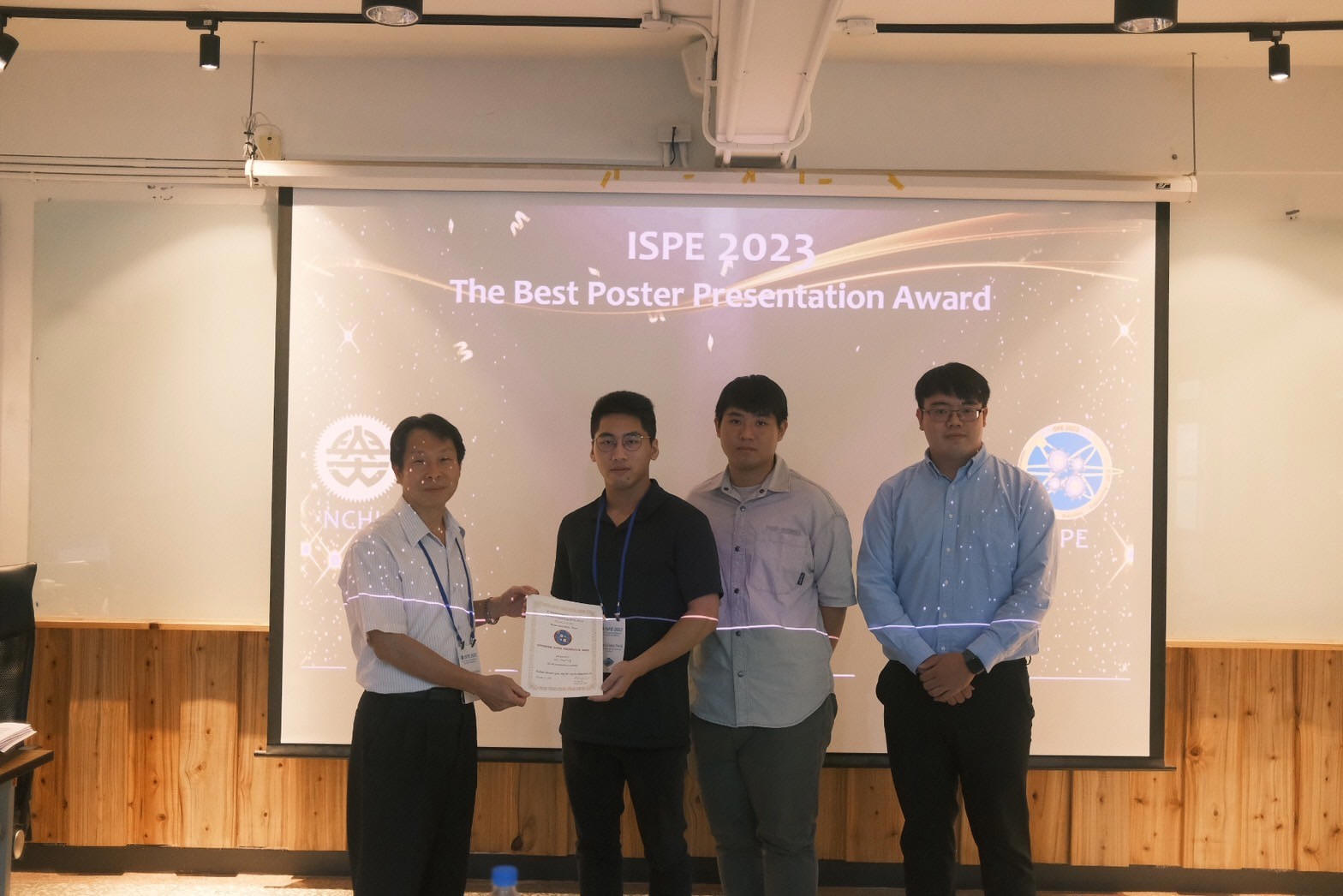
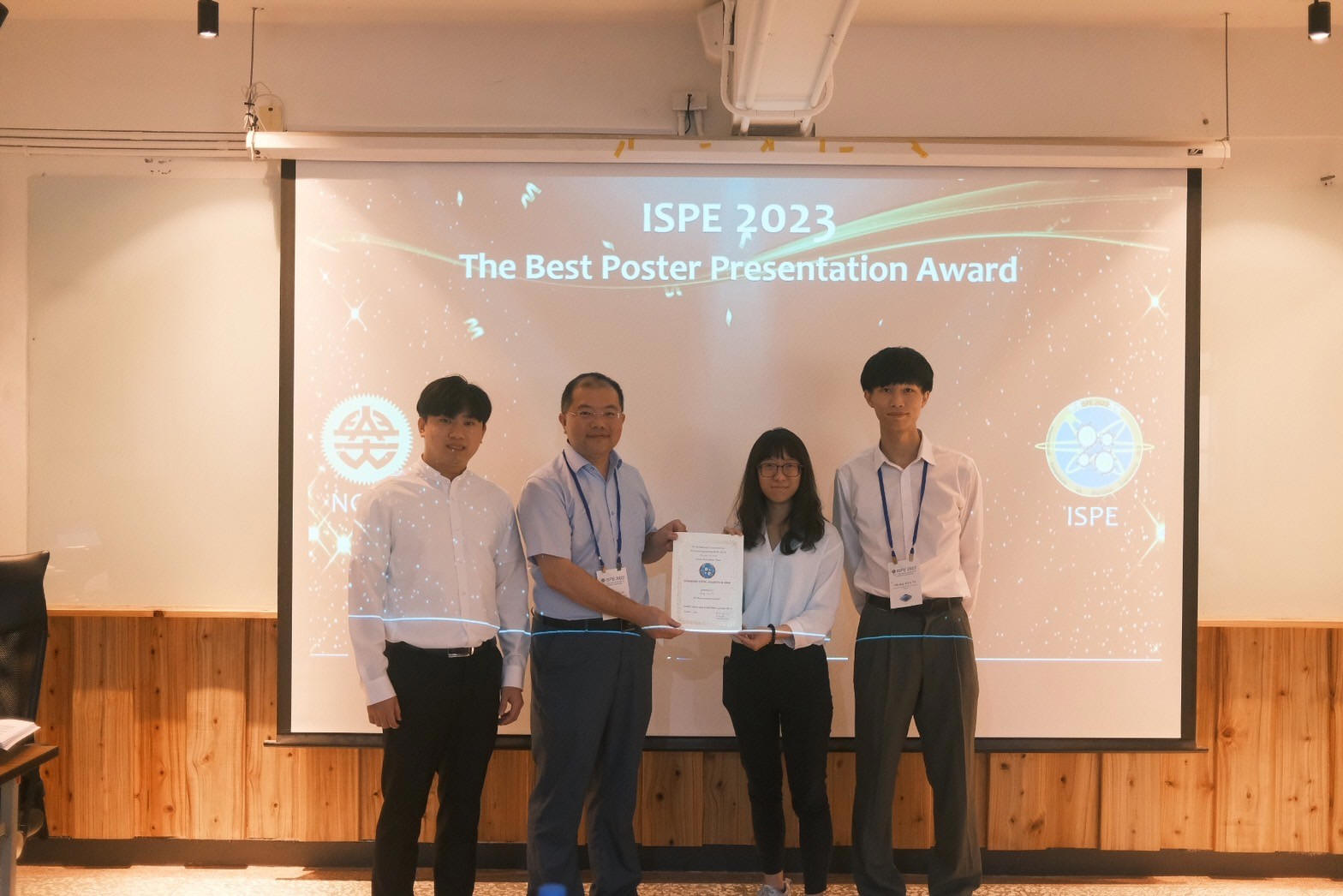
Geographic Traveler
The Cool List 2024 News:
The Cool
List 2024: the 30 most exciting destinations to visit in 2024 National
Link: https://www.nationalgeographic.com/culture/article/uk-cool-list-2024
The country's oldest city marks its 400th birthday
Where Taipei sparkles with steel and glass, Tainan — Taiwan’s former capital —
cuts a more historic figure, its skyline dotted with fortress towers and soaring
temple roofs. And in 2024, the city’s quadricentennial puts its intriguing
heritage under the spotlight and offers a fresh reason to visit.
The area has been inhabited for tens of thousands of years, but it wasn’t until
1624 that the foundations of Tainan were laid by the Dutch, who named it Fort
Zeelandia. Centuries of international influence followed, from Chinese and
Spanish to Japanese. The history is evident in the wealth of architecture, from
the Old Japanese Martial Arts Academy to the Qing-era facades of Shennong
Street, festooned with red lanterns. Street food is a major draw, too: look out
for prawn-rich danzai noodle soup and hollowed-out ‘coffin bread’, filled with a
deliciously creamy chowder.
Tainan is also known for its calendar of events, the most unforgettable being
the raucous Yanshui Beehive Fireworks Festival. Taking place 15 days after the
Lunar New Year, the day sees rockets being let off from large, apiary-like
structures in the streets — it’s not for the faint-hearted.
Location
Conference
Room of Hsinhua Forest Station
Address:No.76,Xinhua-District,Tainan-City,Taiwan
How to get to the Venue
Option 1:
By using our free shuttle bus
service. Pick-up location is at Tainan High Speed Rail Statio or National Chung
Hsing University.
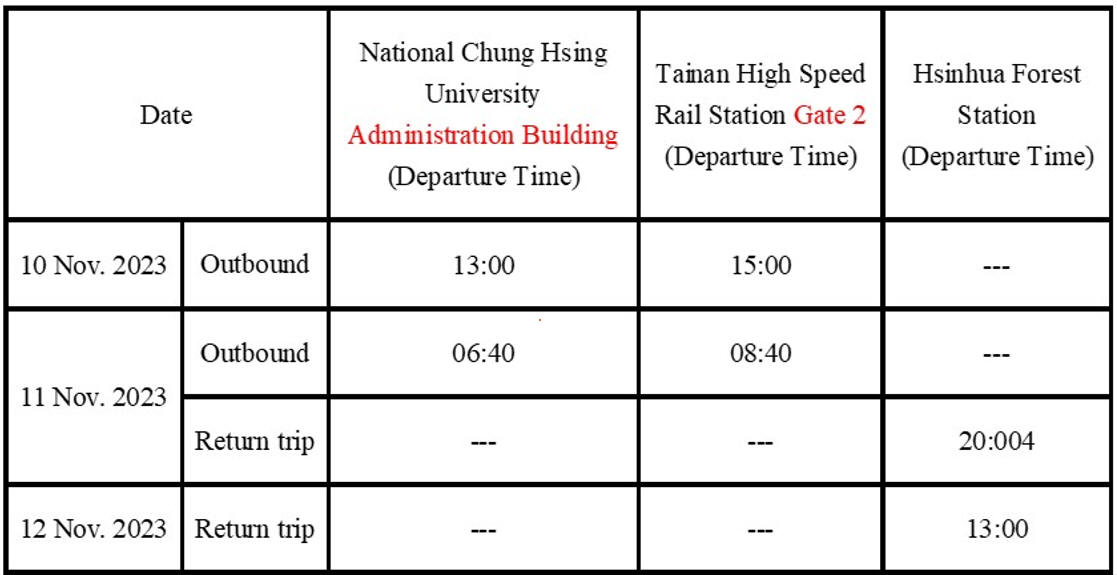
Option 2:
By
Private Vehicle.
Nat'l
Hwy → Take
National Highway 8 to the southeast→exit the interchange at line 20 → Turn right
on Zhongshan Road/South Cross Highway/Tai 20 → Turn left on South 175th Road
Turn left on Chung Hsing Road/South 168th Road → Turn left on South 173 Township
Road→ National Chung Hsing University Hsinhua Forest Station.
Take
National Highway 8 to the southeast→exit the interchange at line 20 → Turn right
on Zhongshan Road/South Cross Highway/Tai 20 → Turn left on South 175th Road
Turn left on Chung Hsing Road/South 168th Road → Turn left on South 173 Township
Road→ National Chung Hsing University Hsinhua Forest Station.
Option 3:
By public transportation.
Take the Taiwan High Speed Rail, the local train, or bus to Tainan Station.
Continue by
Xingnan Bus Green Line 13 to Koupi Elementary School Station
Registration Fee
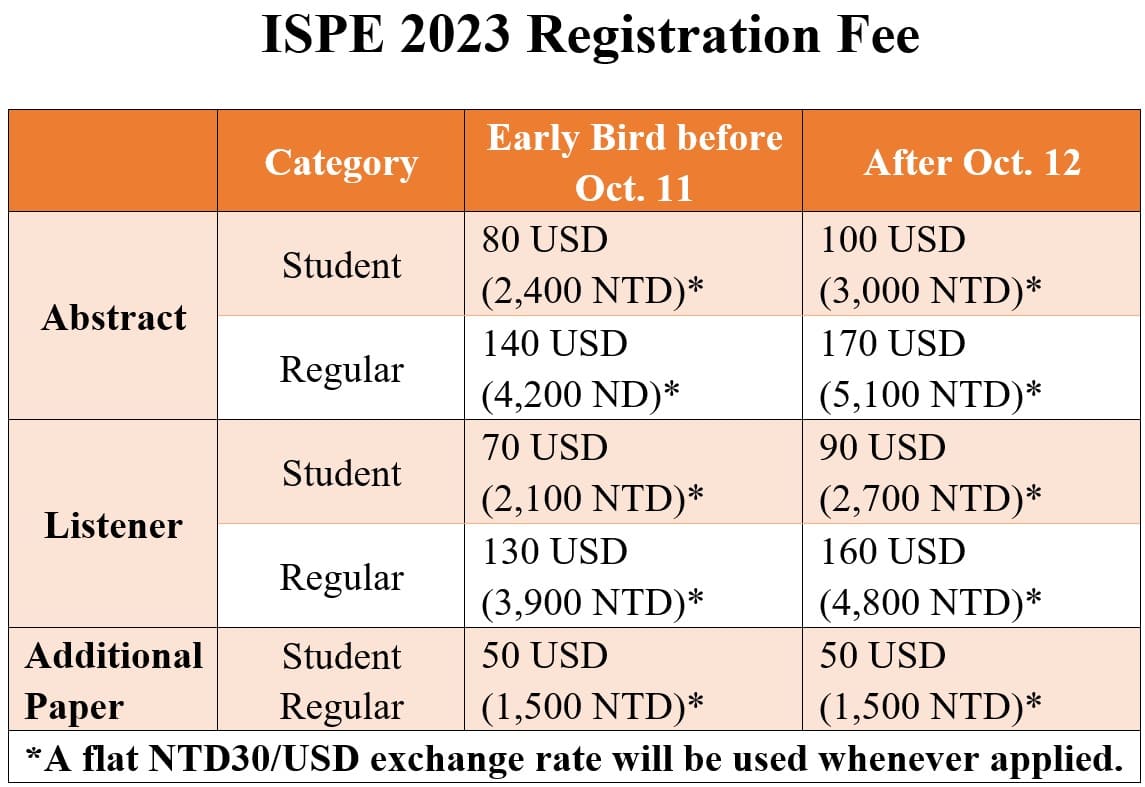
Note:
• One
regular registration can publish a paper.
• Student fee is ONLY applicable for the student who is the FIRST author.
• Additional paper registration precondition: The registered author should be
the first authors in both papers.
• All conference attendees must register. Personal badges will be provided to
identify registered participants.
•If you would like to attach additional paper submissions, please add them at a
fee of 50 USD (1,500 NTD) per paper when paying the fee.Abstracts
Registration Fee .
• 15 minutes Oral presentation / Poster Presentation
• Conference program
• Attendance to all sessions
• Name tag
• Certificate of presentation
• Conference bag
• Lunches, coffee breaks and Banquet
Listener Registration Fee Includes:
• Conference program
• Attendance to all sessions
• Name tag
• Certificate of attendance
• Conference bag
• Lunches and coffee breaks
Refund/Cancellation Policy
If a registrant is unable to participate in the event for any reason, he or she
can replace other co-authors or other people from the same
institution/organization through arrangements with the registrar. A
written request for cancellation must be sent to the conference secretary via
email nchugipe@gmail.com.
In case of cancellation, partial cancellation or modification, the following
fees will be charged:
• Cancellation up to 90 days prior to event date : Free of charge
• 89-30 days prior to event date : 50% processing fee is required
• 29-0 days prior to event date : No refund
No Show
If the author does not appear, the registration fee will not be refunded.
Speakers
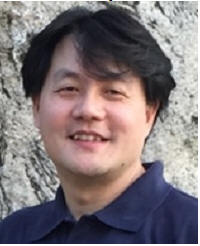
GlobalFoundries Chair Prof. Cheng-kuo Lee
Department of Electrical and Computer Engineering
National University of Singapore, Singapore
Title of Plenary Speech
Progress in Sensors and Haptic Technology for Metaverse and Digital Twin
Abstract of Plenary Speech
With the aid of 5G-enhanced Internet of Things (IoT) infrastructure, various
devices (e.g., sensors, actuators, energy harvesters, etc.) and systems have
been developed toward the realization of Metaverse, which refers to a digital
social network in a 3D virtual world that uses virtual reality (VR) technology
to blur the boundaries between physical space and digital space. In addition to
the traditional VR technologies based on visual and auditory devices, the
immersive VR system also relies on wearable devices such as gloves, suits and
shoes to enable full-body somatosensory perception/sensation, which has
attracted a lot of attention recently. These wearable devices serve the dual
purpose of sensing human motion and simulating human sensations, thus building a
more profound connection between the real and virtual realms. Current haptic
technology uses actuation devices based on various mechanisms, including tendon
drivers, pneumatic actuators, and electrostatic actuators, to generate
substantial forces that provide kinesthetic feedback, and electrotactile,
vibrotactile, and thermal tactile to provide sensations to various
mechanoreceptors in the skin for cutaneous stimuli. In addition, when sensors
integrated with the artificial intelligence (AI) technology to enable the
analysis function, such AI-assisted IoT systems, i.e., artificial intelligence
of things (AIoT) system, achieve a higher level of intelligence for a wide range
of applications. The integration of flexible sensors with AIoT technology not
only enhances the productivity and efficiency of smart factory in the Digital
Twin application scenarios but also enables more sustainable and environmentally
friendly practices. It does not only provide multi-modality sensory information
to intelligent robotic manipulation, ultimately leading to improved production
yields and energy saving.

Prof. Dr. Hieng-Kiat Jun
Department of Mechanical and Material Engineering
University Tunku Abdul Rahman, Malaysia
Title of Plenary Speech
Abstract of Plenary Speech
In recent years, alternative battery devices like supercapacitors, and electric
double-layer capacitors (EDLCs) have been receiving plenty of attention. This
brief review focuses on supercapacitor fundamentals and the potential
application of carbon quantum dots (CQDs) in the devices. Small nanoparticles of
carbon, known as CQD, which are less than 10 nm in size and contain special
qualities, have become an essential tool for known specific delivery, biological
research, and many therapeutic uses. The purpose of this review is also to
assemble the recent research on CQDs synthesis with specific focus to biomass of
coffee grounds, their characterization methods, and recent progress of CQDs in
energy devices. For the synthesis of CQDs, two different types of synthesis
methods i.e., a top-down approach and a bottom-up approach—are employed. The
laser ablation method, electrochemical method, and arc-discharge method are
examples of top-down techniques. The acidic oxidation, microwave-assisted
method, and hydrothermal method are examples of bottom-up approaches. CQDs are
now receiving more interest from the energy storage sector as additives in
electrode material due to their distinctive electrical characteristics and
critical function in hosting multiple functional groups superficially. As a
result, energy density of supercapacitors has increased with the widespread
usage of CQDs in electrode materials.
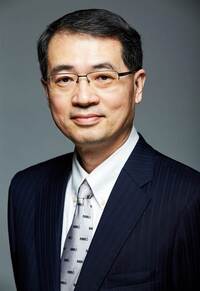
President
Dong-Sing Wuu
Department of Applied Materials and Optoelectronic Engineering
National Chi Nan University, Taiwan
Title of Keynote
Speech
A novel multifunctional brightness enhancement film for display applications
Abstract of Keynote
Speech
The brightness enhancement film (BEF) is one of the vital
films for liquid crystal displays (LCDs), but suffers from the cosmetic, color
shift and thermal stable issues due to the sharp apex angle of prism structure
and multiple films stacking. Herein, we demonstrate a cheese-like porous BEF
(p-BEF) with multiple advantages, i.e., brightness enhancement, diffusion, red
color-shifted reduction, and the lower thermal expansion functionalities. During
the UV imprinting and solvent evaporation process, the nano/submicron air pores
were generated in the polymer prism structure, and the micropatterns were formed
on the prism surface spontaneous. The inner pores were in the range of 30-450
nm, which met the simulation results (below 500 nm) and these can effectively
scattering light to suppress the color shift due to the multiple internal
reflection by the prism structure. By utilizing the pBEF into an LCD backlight,
the brightness enhancement performance is corresponding to the regular BEF with
additional diffuser (2-films) and up ~8% to beads prism (particle-based BEF),
and the red color-shifted (Δxy)
is reduced from 0.1677 to 0.1453. In addition, the p-BEF shows the wider angular
intensity distribution compared with the pristine backlight stacking and lower
CTE value in comparison with a regular BEF.

Distinguished Prof. Ying-Hao Chu
Department of Materials Science and Engineering
National Tsing Hua University, Taiwan
Title of Keynote Speech
Epitaxial Growth and Characterization of Bi2O2X (X=S,
Se, Te) Semiconductors
Abstract of Keynote Speech
The search for 2D semiconductors with excellent electronic performance and
stability in the ambient environment is urgent. Bi2O2X (X=S,
Se, Te), a series of air-stable layered oxides, have emerged as promising new
semiconductors with excellent electronic and optoelectronic properties. Studies
demonstrate that its layered nature makes it ideal for fabricating electronic
devices down to a few atomic layers. Currently, these materials are synthesized
by either chemical solution or vapor methods. It remains a great chance to have
control of thickness and uniformity. In this study, the physical vapor
deposition method is adopted for depositing these materials on various oxide
substrates. A pathway to integrate with Si will also be demonstrated. For
practical applications, electronic devices such as thin film transistors and
optoelectronic devices such as solar cells and photodetectors will be delivered
with optimized performances.
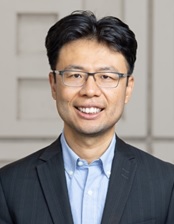
Postdoctoral Scholar Sheng-Lun Liao
Department of Chemical Engineering
Stanford University, USA
Title of Invited Talk
Influence of Interfacial Solvation on
SEI Formation in Lithium Metal Battery
Abstract of Invited
Talk
In the domain of lithium-metal batteries, the composition of the solid
electrolyte interphase (SEI) significantly affects the reactions between Li and
the electrolyte, as well as the overall battery performance. While many studies
have focused on the correlation between SEI composition and the solvation
structure in bulk solutions, few have delved into the solvation structure at the
surface, which plays a pivotal role in SEI formation. In this presentation, we
share our recent observations on the relationship between SEI composition and
the interfacial solvation. Both experimental measurements and atomistic
simulations revealed an increased probability density of anions near a polar
substrate, resulting in increased anion incorporation within the SEI. This
highlights the direct impact of interfacial solvation on the formation of an
anion-rich SEI.
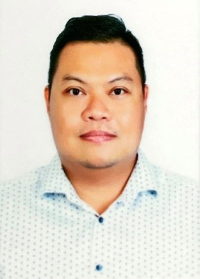
Prof. Ngoc Dang Khoa Tran
Faculty of Mechanical Engineering
Industrial University of Ho Chi Minh City, Vietnam
Title of Invited Talk
Design and analysis of compliant bistable gripper for large circle objects
Abstract of Invited Talk
Compliant bistable grippers play an important role in applications of grasping,
holding, and releasing various objects with the advantages of energy saving and
high precision. This study presents the design of a compliant gripper composed
of a bistable mechanism and connected with rigid-body clamping jaws. The
mechanism is capable of clamping round objects of large diameter. Numerical
methods are used to predict nonlinear behavior. A curved operating trajectory
has been calculated for the clamping jaw to be able to clamp enormous circle
objects firmly. An optimization method is applied to the design of the gripper
structure in order to clamp and hold objects with a wide range of diameters. One
prototype is designed to grip circular objects with a diameter of 65 to 75
millimeters. Analysis of the structural properties was conducted by using
numerical methods and simulations, which resulted in an error of 3%. A
demonstration of the correctness of the numerical method was also provided by
the experiment. Analysis of the interaction effects between objects and bistable
structures is performed. Objects with a larger diameter will have a reduced
ability to grip tightly and will experience greater stress as a result. The
gripper has the potential to be utilized in robotics, MEMS, and medical
applications.